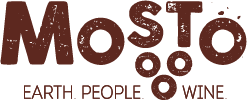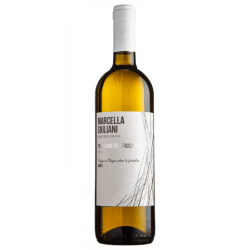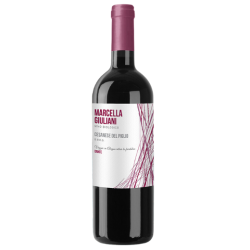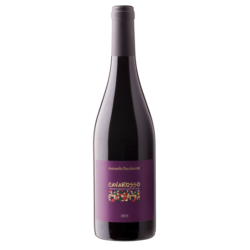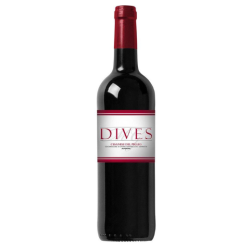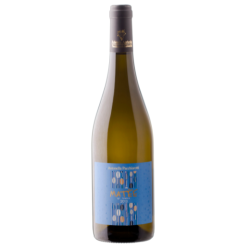Lazio

If Latium, a central region of Italy, acquired its viticultural nobility more than two millennia ago, its reputation still needs refinement today. In the 1980s, unlike most regions of Italy, Lazio did not undergo a qualitative renewal of its wines. Only a few small producers focused on the quality of their juices, contrary to the social cooperatives and public institutions that had control over the region's wine production. Today, the region is regaining its status, which is especially gratifying since Lazio is a symbol of transalpine viticulture, whose origins are historical.
When the Romans and the Etruscans clashed, their lifestyles did as well: the Romans, a people of shepherds and warriors, led an austere existence, while the refined Etruscans placed great importance on the vine, a source of pleasure. When the Romans conquered Greater Greece and Etruria, they began viticulture with their legendary tenacity. They were also the first to use wooden posts to support the vines. At that time, the treatises of Pliny the Elder and Columella offered advice that modern oenology still follows today.
Although the region's viticulture predates the Roman period, it was not until the Empire that it developed there. Wine was present at every banquet, though diluted with water to allow for greater consumption and prohibited for women. It was monastic and later papal traditions that contributed to the sustainability of viticulture in Latium. And it was in the mid-1920s that Latium gained some international recognition, notably thanks to the Queen of England, who loved Frascati and imported it for the members of her court.
Latium stretches along the western slope of the Apennines to the Tyrrhenian Sea. 50,000 hectares of vineyards span the region, which consists of 20% plains, 26% hills and mountains, and 54% hills. On the slopes of these hills, 70% of the vineyards have found the perfect climate. With its great temperature variations between day and night, its predominantly Mediterranean climate, and its soils rich in mineral substances, Latium has the ideal assets for viticulture. Its volcanic terrain and proximity to the sea confirm the excellence of the location.
Nevertheless, although the city of Rome remains the largest market for Italian wines, the productions of Latium remain underrepresented there. The region has about thirty DOC or DOCG appellations, but the production of these quality wines still concerns only half a million hectoliters.
